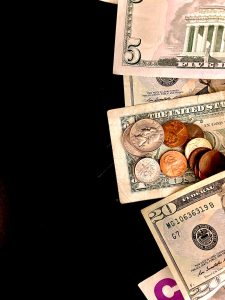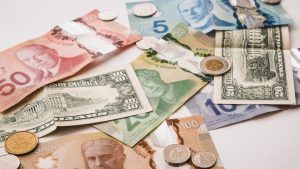Forex trading robots, also called Expert Advisors (EAs), are computer programs that automatically execute trades in the foreign exchange market. These robots can be customized to follow specific trading strategies and can operate 24/7 without human intervention. Creating a forex trading robot may seem like a daunting task, but with the right tools and knowledge, anyone can do it. In this article, we’ll take a look at the steps involved in making a forex trading robot.
Step 1: Decide on a Trading Strategy
The first step in creating a forex trading robot is to decide on a trading strategy. A trading strategy is a set of rules that dictate when to enter and exit trades. There are many different trading strategies to choose from, such as trend following, range trading, and breakout trading. It’s important to choose a strategy that fits your trading style and risk tolerance.
Once you’ve decided on a trading strategy, you’ll need to code it into your forex trading robot. This involves writing a program that can analyze market data and make trades based on the rules of your strategy.
Step 2: Choose a Programming Language
The next step is to choose a programming language to write your forex trading robot. There are several programming languages to choose from, such as C++, Python, and MQL4. MQL4 is a programming language specifically designed for trading robots in the MetaTrader 4 platform, which is one of the most popular trading platforms in the forex market.
If you’re new to programming, it may be helpful to start with a simpler language like Python. Python is a popular language for data analysis and is relatively easy to learn. Once you’ve gained some programming experience, you can move on to more complex languages like C++ or MQL4.
Step 3: Write the Code
Once you’ve chosen a programming language, it’s time to start writing the code for your forex trading robot. This involves coding your trading strategy into the program so that it can analyze market data and execute trades automatically.
If you’re using MQL4, you can use the MetaEditor integrated development environment (IDE) to write your code. The MetaEditor has many built-in tools and features that make it easy to create trading robots.
When writing your code, it’s important to test it thoroughly to ensure that it’s working correctly. You can use backtesting to test your robot’s performance using historical market data. Backtesting involves running your robot on historical data to see how it would have performed in the past.
Step 4: Optimize Your Robot
Once you’ve written your code and tested it, it’s time to optimize your robot for better performance. Optimization involves tweaking your trading strategy and parameters to improve your robot’s profitability.
To optimize your robot, you can use a process called forward testing. Forward testing involves running your robot on live market data to see how it performs in real-time. This can help you identify any issues with your robot and make adjustments to improve its performance.
Step 5: Deploy Your Robot
Once you’ve written and optimized your forex trading robot, it’s time to deploy it in the market. You can do this by uploading your robot to a trading platform like MetaTrader 4 or 5. Many brokers also offer their own trading platforms that support trading robots.
Before deploying your robot, it’s important to test it in a demo account. A demo account is a simulated trading environment that allows you to test your robot without risking real money. This can help you identify any issues with your robot and make any necessary adjustments before deploying it in a live trading account.
Conclusion
Creating a forex trading robot may seem like a daunting task, but with the right tools and knowledge, anyone can do it. The key is to start with a solid trading strategy and to code it into a program using a programming language like Python or MQL4. Once you’ve written your code, it’s important to test and optimize your robot before deploying it in a live trading account. With a well-designed and optimized forex trading robot, you can increase your chances of success in the foreign exchange market.





